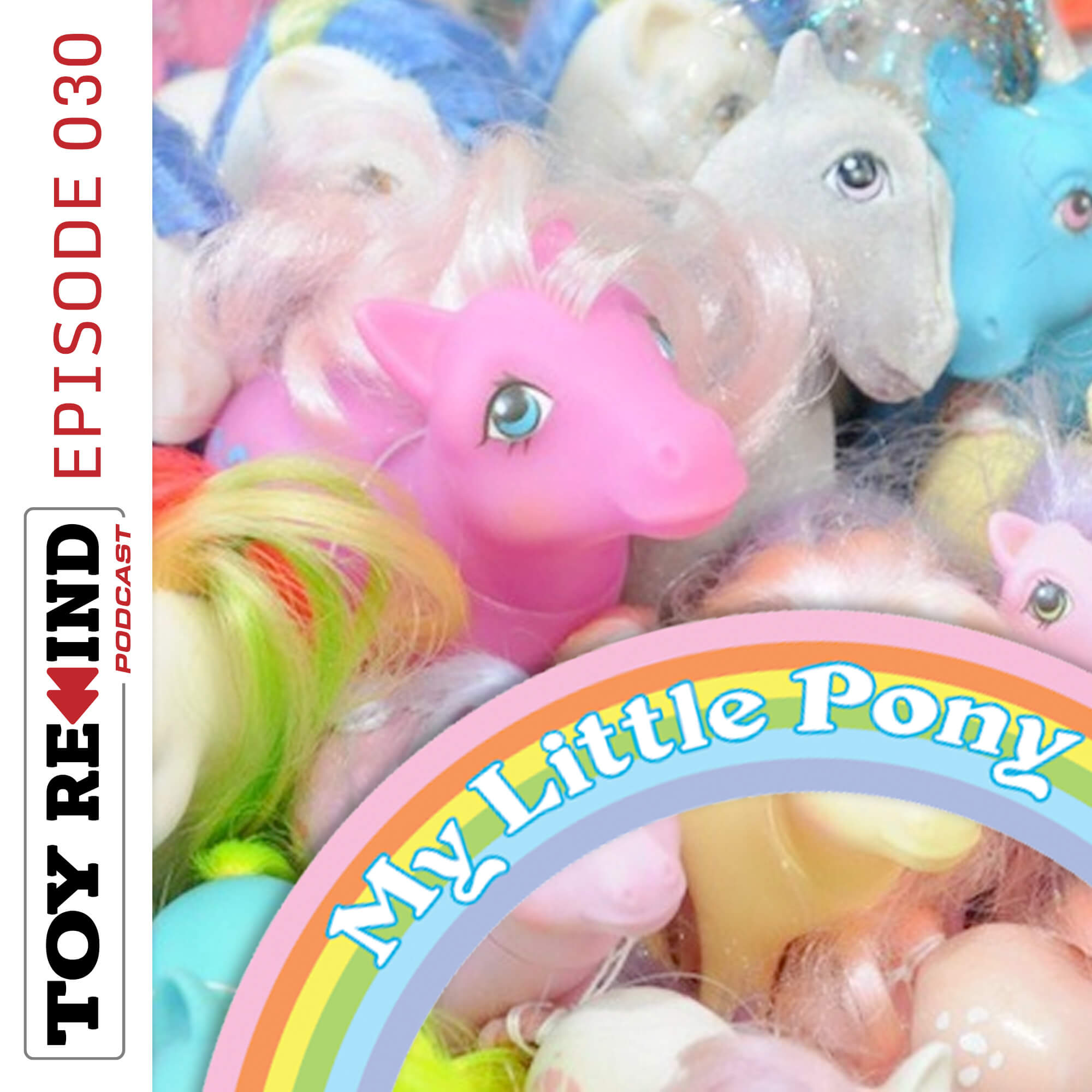The Magic of My Little Pony: A Journey Through the Iconic Toy Line
In the colorful world of toys, few lines have achieved the iconic status and enduring popularity of My Little Pony. Since its debut in the 1980s, this beloved franchise has captured the hearts of children and collectors alike with its enchanting characters, imaginative play, and vibrant storytelling. Let’s embark on a journey through the history and impact of the My Little Pony toy line, exploring how it became a cultural phenomenon that continues to charm new generations.
The Origins: A Magical Beginning
The story of My Little Pony began in 1981, when toy designer Bonnie Zacherle, along with sculptor Charles Muenchinger and painter Susan Matthews, created the initial line of colorful ponies for Hasbro. The idea was simple but brilliant: a series of small, charming ponies with unique designs and brushable manes and tails. Each pony was adorned with a distinctive "cutie mark"—a symbol on its flank that represented its personality or special talent.
The first generation of My Little Pony toys featured characters like Twinkle Eye, Snuzzle, and Butterscotch, and was designed to appeal to young girls. The toys quickly gained popularity, leading to a line of accessories, playsets, and even an animated series. This initial success laid the foundation for a brand that would grow and evolve over the decades.
Evolution and Expansion: From Generation to Generation
Generation 1 (1983-1995): The original My Little Pony line was known for its whimsical designs and engaging stories. The animated series, which began in 1984, introduced viewers to the magical land of Ponyland, where the ponies lived and went on exciting adventures. The show, combined with a successful line of toys, helped solidify My Little Pony’s place in pop culture.
Generation 2 (1997-2003): After a brief hiatus, the My Little Pony brand was revived with Generation 2. This era featured updated designs and a new focus on fashion and accessories. Although the second generation didn’t achieve the same level of success as the first, it paved the way for future iterations of the franchise.
Generation 3 (2003-2009): With Generation 3, My Little Pony underwent another transformation, featuring a more modern aesthetic with a focus on playsets and interactive elements. The introduction of a new animated series and a range of new characters helped maintain interest and introduce the brand to a new audience.
Generation 4 (2010-2019): This generation marked a significant turning point for My Little Pony. With the launch of “My Little Pony: Friendship Is Magic,” created by Lauren Faust, the franchise saw a renaissance. The show’s clever writing, rich character development, and engaging stories resonated with both children and adults. Characters like Twilight Sparkle, Rainbow Dash, and Pinkie Pie became beloved figures, and the show’s themes of friendship and teamwork struck a chord with viewers of all ages. The fourth generation also introduced new toys, collectibles, and spin-offs, solidifying My Little Pony’s status as a cultural icon.
Generation 5 (2021-Present): The latest iteration of My Little Pony continues to evolve with fresh designs and new stories. With the release of “My Little Pony: A New Generation,” the franchise introduces a new cast of characters and a new setting while maintaining the core themes of friendship and adventure. The new generation aims to capture the spirit of the original while appealing to contemporary audiences.
The Magic of My Little Pony: Impact and Legacy
My Little Pony’s success can be attributed to its ability to blend imaginative play with meaningful messages. The brand’s emphasis on friendship, kindness, and creativity has resonated across generations. The diverse range of characters and stories ensures that there’s something for everyone, whether it's a young child discovering the magic of Ponyland or an adult collector cherishing nostalgic memories.
The franchise has also made its mark beyond toys and television. My Little Pony has inspired a wide range of media, including comic books, video games, and merchandise. The Brony community—dedicated fans of the show, particularly from Generation 4—demonstrates the franchise's ability to reach and connect with audiences of all ages.
Moreover, My Little Pony’s impact extends into the realms of fashion, art, and even philanthropy. The brand’s colorful, whimsical style has influenced a range of creative industries, and various charitable efforts have been supported through special editions and collaborations.
Looking Ahead: The Future of My Little Pony
As My Little Pony continues to evolve, it remains a beloved part of many people’s lives. Its ability to adapt and innovate while staying true to its core values of friendship and magic ensures that it will continue to enchant audiences for years to come.
The My Little Pony toy line is more than just a series of toys; it’s a cultural phenomenon that has touched the lives of millions. From its humble beginnings to its ongoing legacy, My Little Pony represents a magical journey that celebrates the power of imagination and the enduring appeal of friendship. Whether you’re a lifelong fan or a newcomer to Ponyland, the magic of My Little Pony is sure to continue captivating hearts and sparking joy for generations to come.

